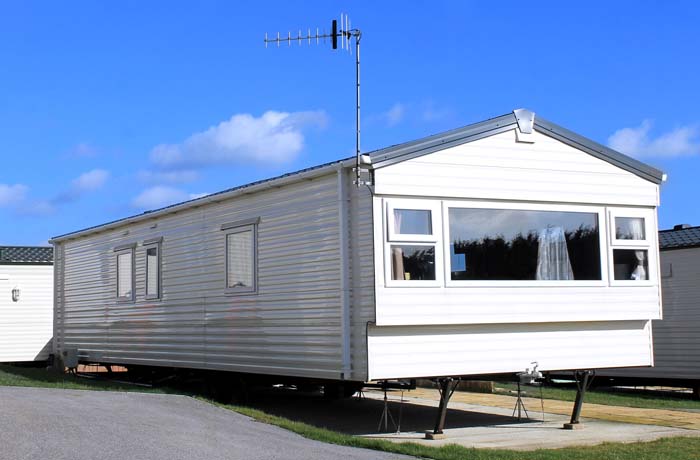

However, the height of any manufactured home is limited by what can be safely transported on a highway, so you won’t find many manufactured homes with ceilings above nine feet, apart from modular homes. Today, manufactured home ceilings are much higher, typically around eight feet, and many models of manufactured homes include a vaulted ceiling section that can reach nine feet.
Double wide trailer code#
The original mobile homes, including models built before the introduction of the HUD Manufactured Housing Code in 1976, often had ceilings as low as seven feet. High ceilings tend to feel more roomy and comfortable and are considered a desirable feature in almost any kind of home–site-built or factory-built. These can add considerable square footage, as well as potentially increasing the value of your manufactured home.Ĭeiling height can also be a major factor in making a house feel like a home. Many manufactured home builders also offer additions such as garages and carports that can be attached to manufactured homes.

Triple wide mobile homes are shipped in three sections and have the greatest variety of options for home configurations, including many options that give the appearance of a site-built home.

Square Footage: 640 to 2,560 square feet.Double wides are moved in sections and attached together at the home site, and they offer many floor plan options that single wides can’t, including the open mobile home floor plans popular with many of today’s buyers. Double Wide Dimensionsĭouble wides are the most popular type of manufactured home, as they provide substantially more space than single wides while remaining affordable. When it comes to single wide sizes, one of the most popular ratios among home buyers are 16 x 80 mobile homes. Square Footage: 480 to 1,440 square feet.Homeowners often add a porch to create additional living space, square footage, and curb appeal. Single-wide homes are almost always a rectangular shape and are usually two or three-bedroom homes with one or two bathrooms. Single wides are the smallest types of manufactured homes. Here’s a guide to the basics: Single Wide Dimensions What general dimensions can buyers expect from each different size of manufactured home? How different? Take a look at these charts to see just how much of a size difference exists between single-wide, double-wide and triple-wide manufactured home units: These three size categories create homes that are radically different in size. One of the major choices for manufactured home buyers is choosing between a single-wide, double-wide, or triple-wide model. Manufactured Home Size Comparison by Type As we’ll see shortly, manufactured and mobile homes can be modified in many different ways that allow them to meet the housing needs of different types of homeowners. However, there can be considerable variance in the dimensions of a mobile home. Thus, manufactured homes are generally not built above 13’6” due to bridge clearances, and double- and triple-wide manufactured homes must be transported in sections and assembled at the home site. On a basic level, the dimensions of a mobile home are limited by what can be safely transported on roads and highways. So, what is the average size of a mobile home? For a hypothetical “typical” single-wide manufactured home, the dimensions are as follows:Ī visual representation of these dimensions looks something like this: The Average Sizes and Dimensions of Mobile Homes In this article, we’ll give the average manufactured home buyer some graphic tools that can help clarify mobile home sizes. While it remains true that the best way to understand the size of a manufactured home is to see it with your own eyes, it can be important to conceptualize the position and layout of a mobile home before you can physically see it. There are also a wide variety of mobile home sizes and floor plans on the market, meaning that the differences between one manufactured home and another can be substantial. But the size of a manufactured home is critical information, as it affects how the home is moved and how it fits onto its lot. It can be difficult to get an idea of how big a manufactured home is without seeing the home in person or having a visual reference.


 0 kommentar(er)
0 kommentar(er)
